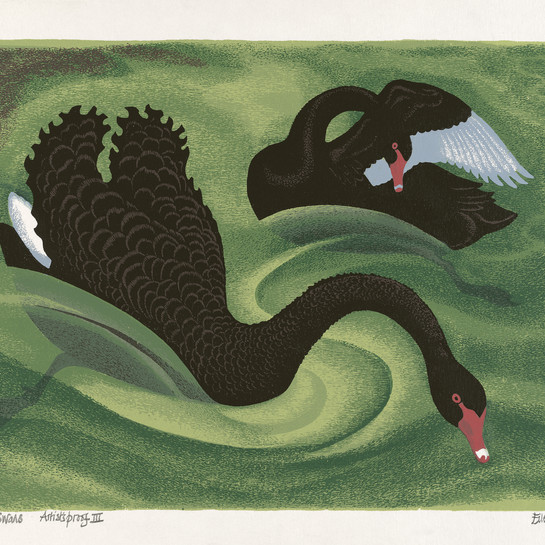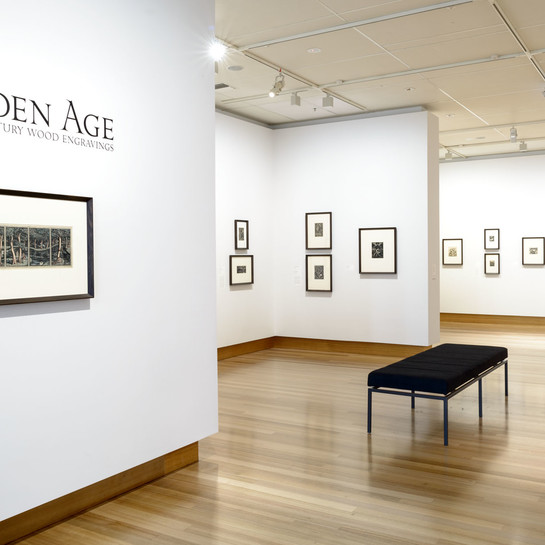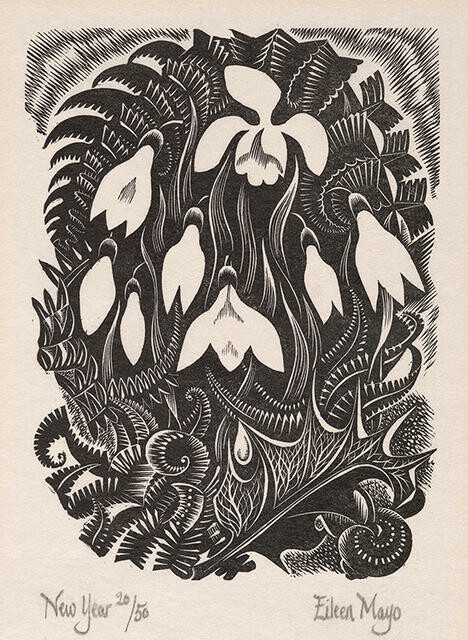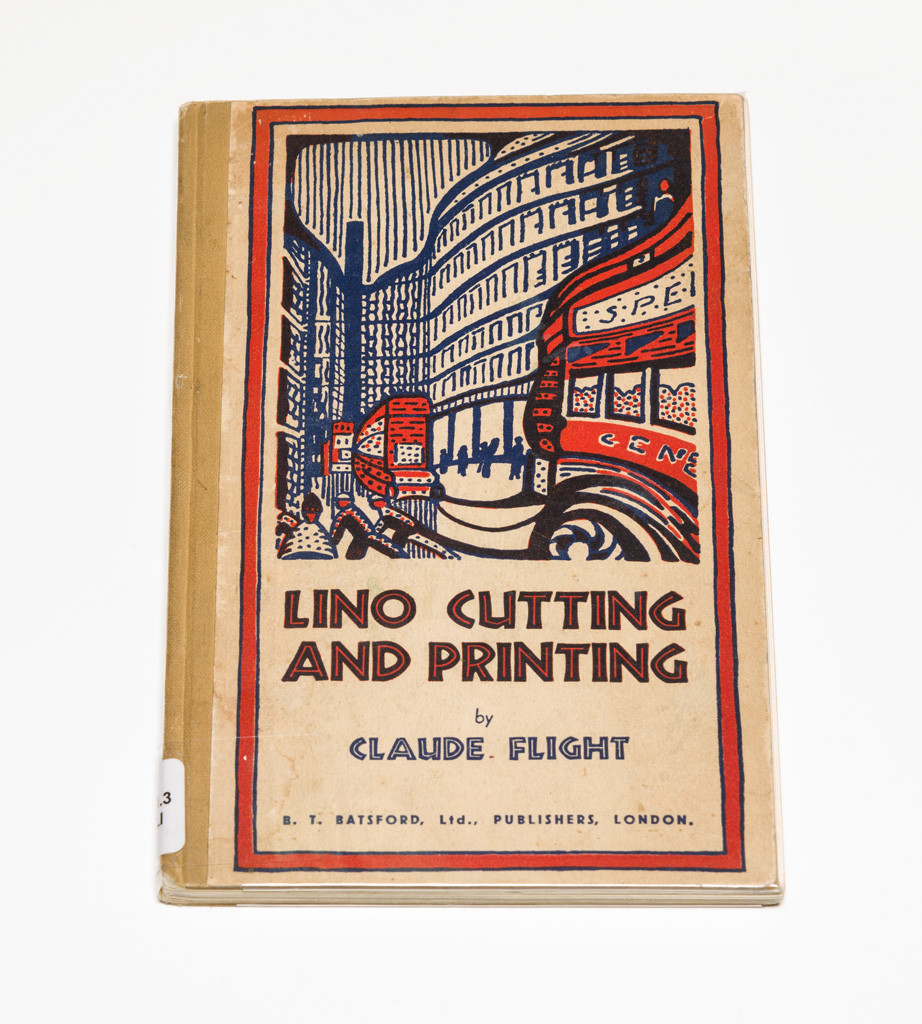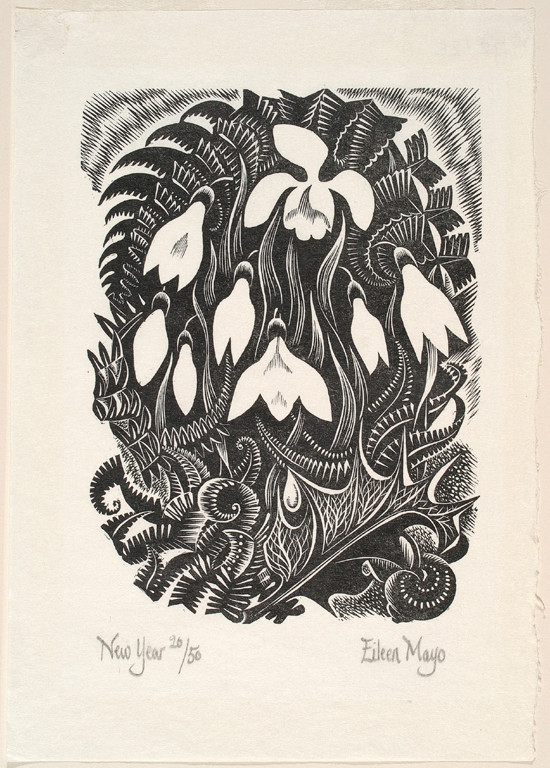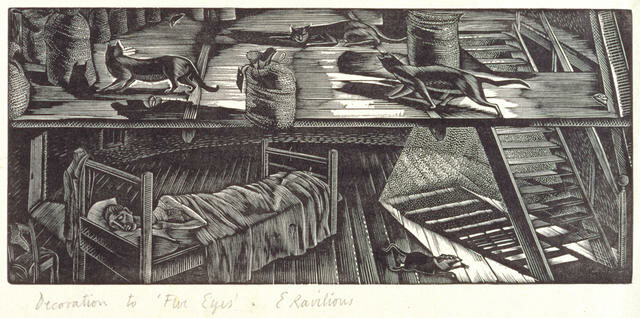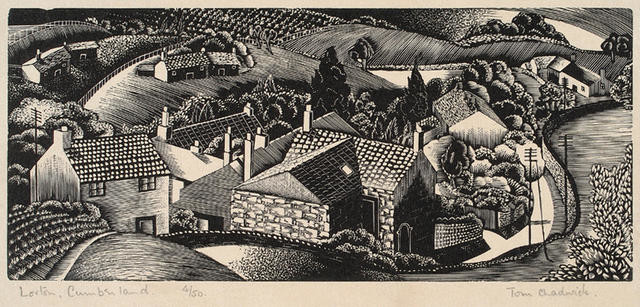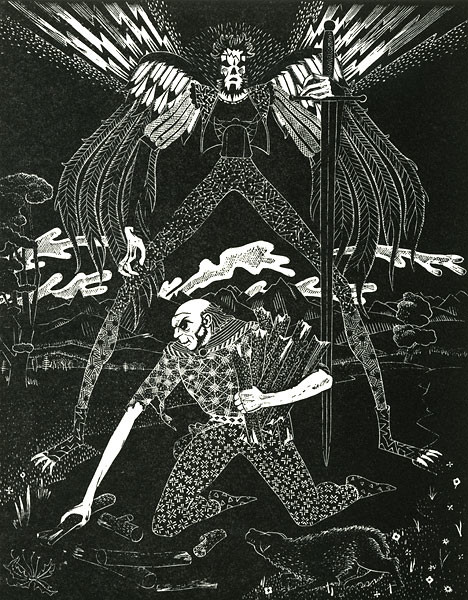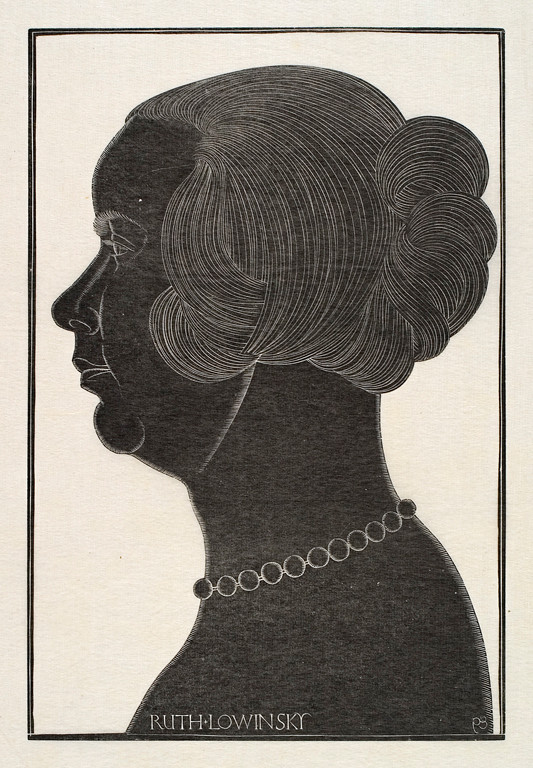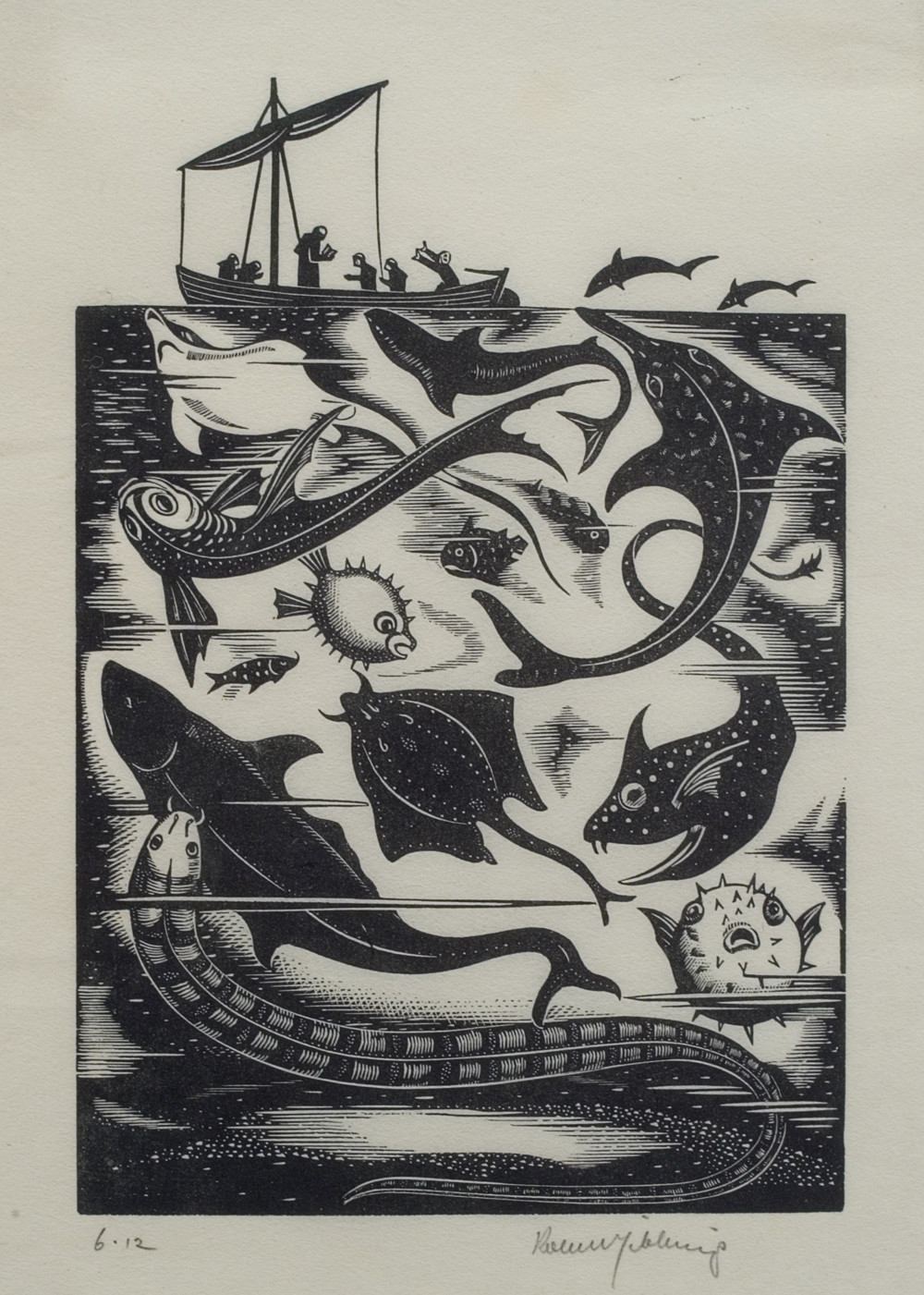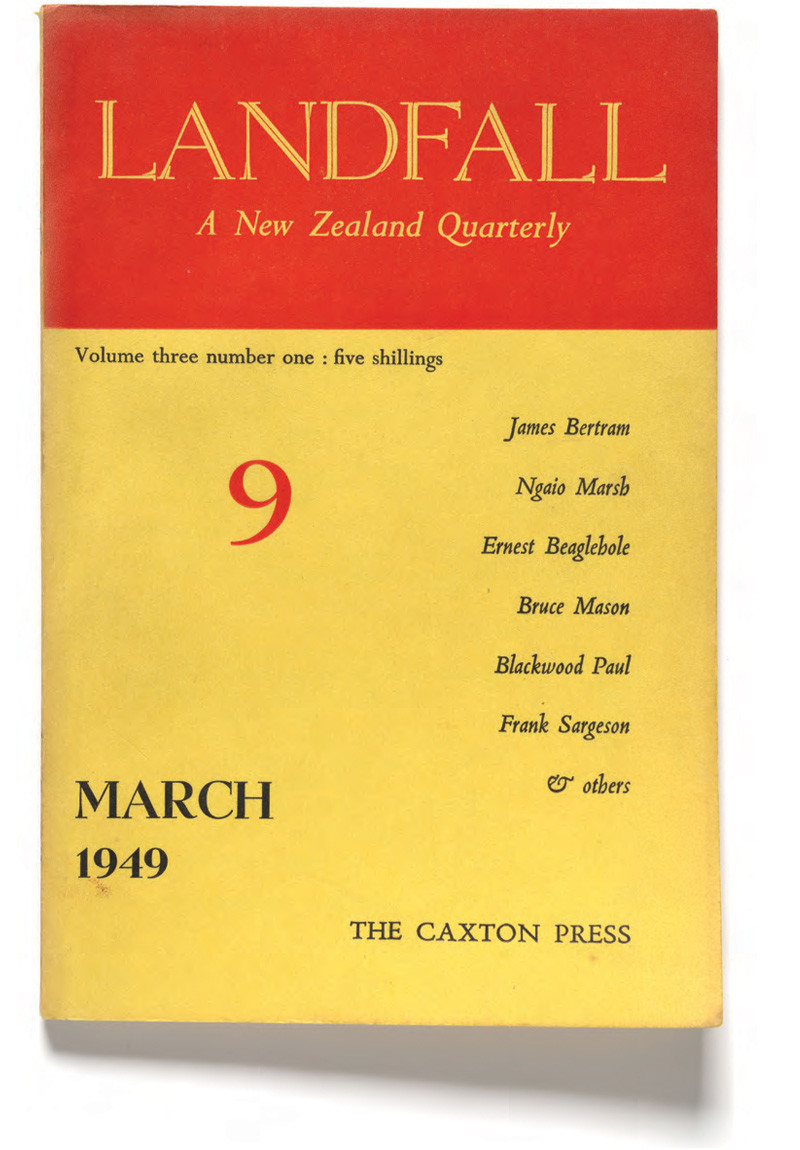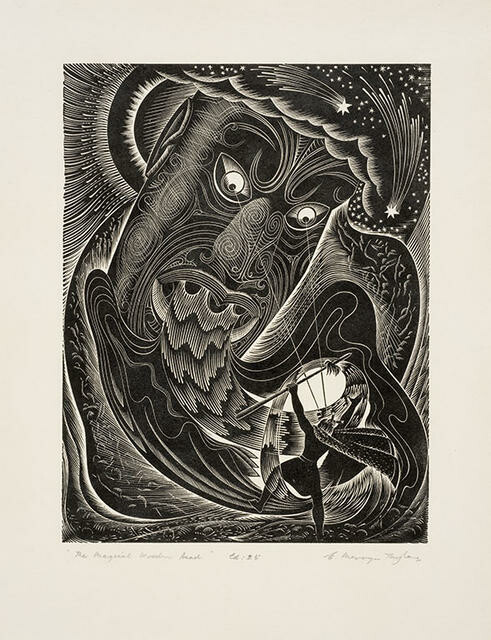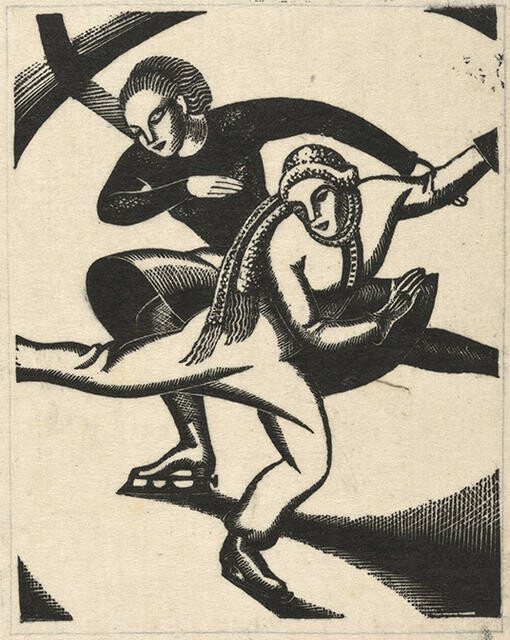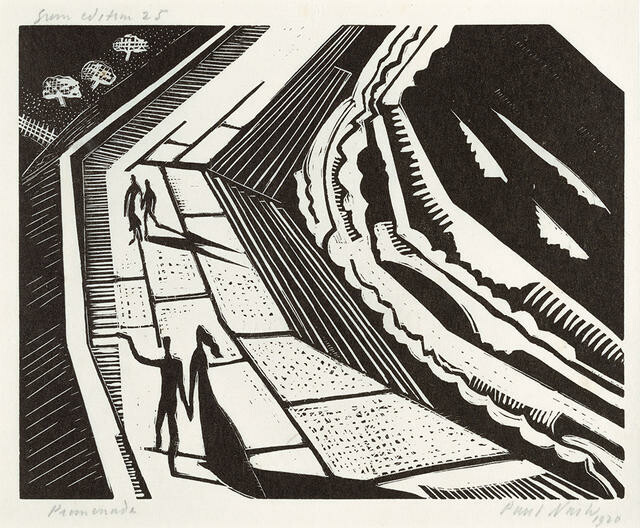Eileen Mayo
England / Australia / Aotearoa New Zealand, b.1906, d.1994
New Year
- 1949
- Wood engraving
- Purchased 1972
- 168 x 116mm
- 72/25
Tags: flowers (plants), monochrome, plants (living organisms), stylization
Nature was the predominant theme in Eileen Mayo’s work throughout her distinguished career as a printmaker, painter and designer. She wrote and illustrated numerous books on subjects as varied as seashells, birdsand cats, including her monumental book The Story of Living Things and Their Evolution (1948). She was fascinated with the variety of forms and shapes of plants, and her subject in this work reflects the year of the seasons, as opposed to the calendar year, that begins with the emergence of spring flowers such as these crocuses.
The Golden Age 18 December 2015 – 1 May 2016
Exhibition History
Eileen Mayo’s woodblock prints were often concerned with subjects relating to nature and New Year reflects, not the calendar year, but the year of the seasons that begins with the emergence of spring flowers, such as these crocuses. The woodblock print is highly stylised and shows Mayo’s work to be very precise and accurate. Detail such as this required great patience and skill. Woodblock prints experienced a revival in England during the 1940s and 1950s. Born in Norwich, Mayo was introduced to wood engraving by her teacher, Noel Rooke, when she was studying at the Central School of Arts and Crafts in London. She later studied linocuts under Claude Flight (1881 -1955). In 1928 Mayo exhibited in the ‘First Exhibition of British Linocuts’ at the Redfern Galleries, London. Mayo published and illustrated a number of books based on nature. In 1953 Mayo left London for Sydney, then in 1962 moved to New Zealand. She taught at the School of Art, University of Canterbury between 1967 and 1972.
